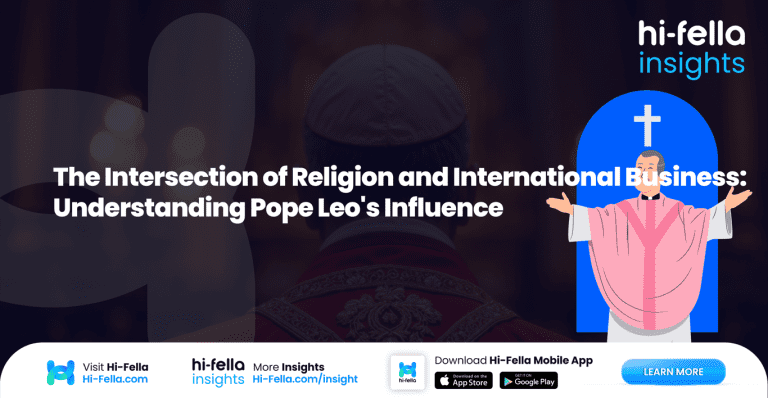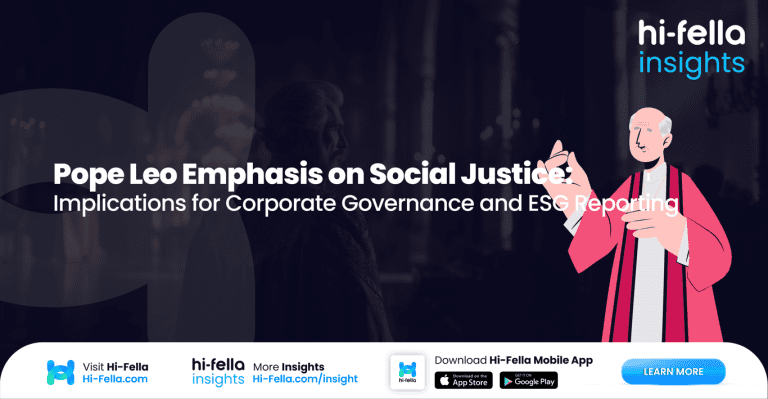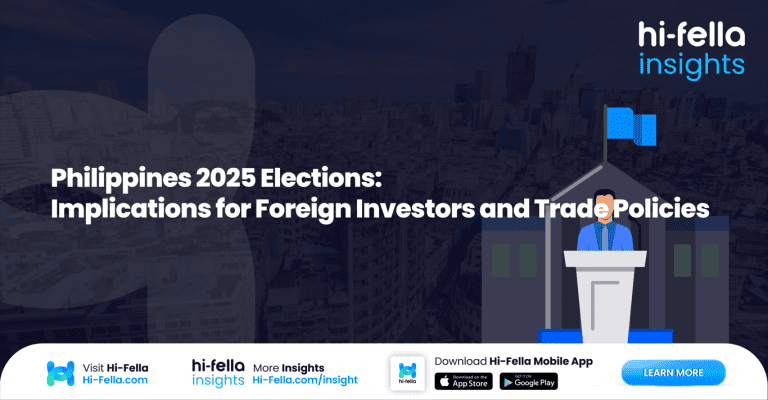The rise of remote work, virtual conferences, and online collaborations has made virtual communication an essential skill. Whether you’re leading a team, pitching a client, or networking with industry professionals, knowing how to conduct an effective online meeting can make or break your success.
Virtual meetings, when done right, can be just as productive—if not more so—than in-person discussions. But without the right strategies, they can quickly become unstructured, ineffective, or downright exhausting. So, how can you master the art of virtual communication? Here’s your ultimate guide.
The Importance of Virtual Communication in the Modern Workplace
Online meetings are no longer just a temporary solution; they are an integral part of how businesses operate. From global enterprises to small startups, virtual communication enables efficiency, cost savings, and inclusivity by connecting professionals from different locations without the need for travel.
However, many still struggle with engagement, technical difficulties, and miscommunication. To ensure your virtual interactions are impactful, follow these key principles.
Preparing for an Effective Virtual Meeting
1. Choose the Right Platform
Selecting the right platform sets the tone for an efficient meeting. Whether it’s Zoom, Microsoft Teams, Google Meet, or Hi-Fella’s networking hub, consider:
- User-friendliness – Ensure all participants can easily access the meeting.
- Features – Look for features like screen sharing, breakout rooms, and real-time chat.
- Security – Protect sensitive discussions with password-protected rooms and encryption.
2. Set a Clear Agenda
Just as in physical meetings, an agenda keeps the discussion on track and prevents unnecessary detours. When crafting an agenda:
- Outline the key discussion points.
- Assign time slots to each topic.
- Share it with participants beforehand to allow them to prepare.
A structured agenda not only saves time but also ensures that every participant understands their role in the meeting.
3. Test Technology Beforehand
Nothing disrupts a meeting like technical difficulties. Ensure a smooth experience by:
- Checking your internet connection.
- Testing your microphone, camera, and speakers.
- Having a backup plan (like an alternate platform) in case of failure.
This small step minimizes delays and keeps the conversation professional.
Mastering Virtual Meeting Etiquette
4. Set Ground Rules for Engagement
Creating a set of virtual meeting norms helps maintain order. Establish expectations such as:
- Muting microphones when not speaking to reduce background noise.
- Using the “Raise Hand” feature for structured participation.
- Encouraging active listening instead of multitasking.
When participants know the rules, meetings run smoothly and efficiently.
5. Enhance Non-Verbal Communication
Body language plays a significant role in communication, even online. To convey professionalism:
- Make eye contact by looking at the camera, not the screen.
- Use facial expressions to show attentiveness.
- Sit up straight to appear engaged.
These small cues help maintain the human connection that can often be lost in virtual settings.
6. Encourage Participation
A major challenge of virtual meetings is engagement. To foster collaboration:
- Ask direct questions to involve quieter participants.
- Use polls or chat discussions to gather quick feedback.
- Rotate facilitators to keep the session dynamic.
The more interactive the meeting, the more productive it becomes.
Overcoming Common Virtual Meeting Challenges
7. Avoid Zoom Fatigue
Virtual meeting burnout is real. Combat it by:
- Keeping meetings concise—aim for 30 to 45 minutes.
- Using email or quick calls for less complex discussions.
- Scheduling buffer times between meetings to recharge.
Reducing unnecessary meetings improves focus and efficiency.
8. Manage Time Zones Effectively
When working with global teams, scheduling meetings can be tricky. Use tools like:
- World Time Buddy to find overlapping working hours.
- Rotating meeting times to accommodate different regions.
Respecting time differences fosters inclusivity and avoids frustration.
9. Handle Technical Glitches Gracefully
No matter how much you prepare, technical issues may still arise. If they do:
- Stay calm and communicate the issue clearly.
- Offer alternative communication methods, such as a group chat.
- Follow up with meeting notes or a recap if the disruption was significant.
Professionalism during tech hiccups sets the tone for smooth problem-solving.
Making Virtual Meetings More Engaging
10. Use Interactive Features
Avoid monologues by incorporating interactive elements:
- Breakout rooms for small group discussions.
- Whiteboards for brainstorming sessions.
- Live quizzes or polls to keep energy levels high.
Engagement tools make meetings feel less like lectures and more like conversations.
11. Follow Up with Clear Action Items
A meeting is only as effective as its outcome. Always end with:
- A summary of key takeaways.
- Clearly defined action steps with assigned responsibilities.
- A timeline for follow-ups or next meetings.
This ensures accountability and continuous progress.
The Future of Virtual Communication and Online Networking
As remote and hybrid work continues to evolve, mastering virtual communication is a must-have skill. Platforms like Hi-Fella are leading the charge in making online interactions seamless and effective, especially for industry professionals looking to expand their networks.
Why Join Hi-Fella?
If you’re looking to elevate your virtual communication and networking experience, Hi-Fella is the place to be. Designed for professionals who want more than just meetings, Hi-Fella offers:
- Global Reach Without Travel – Connect with business leaders from around the world.
- Real-Time Translation – Communicate effortlessly across languages.
- Live Analytics – Track engagement and maximize opportunities.
- Interactive Features – From private calls to networking lounges, Hi-Fella transforms online meetings into meaningful connections.
The future of professional networking is here, and it’s more accessible than ever. Whether you’re running virtual meetings, attending online exhibitions, or seeking global partnerships, Hi-Fella provides the tools to make every interaction count.
Join Hi-Fella today and take your virtual communication to the next level!






